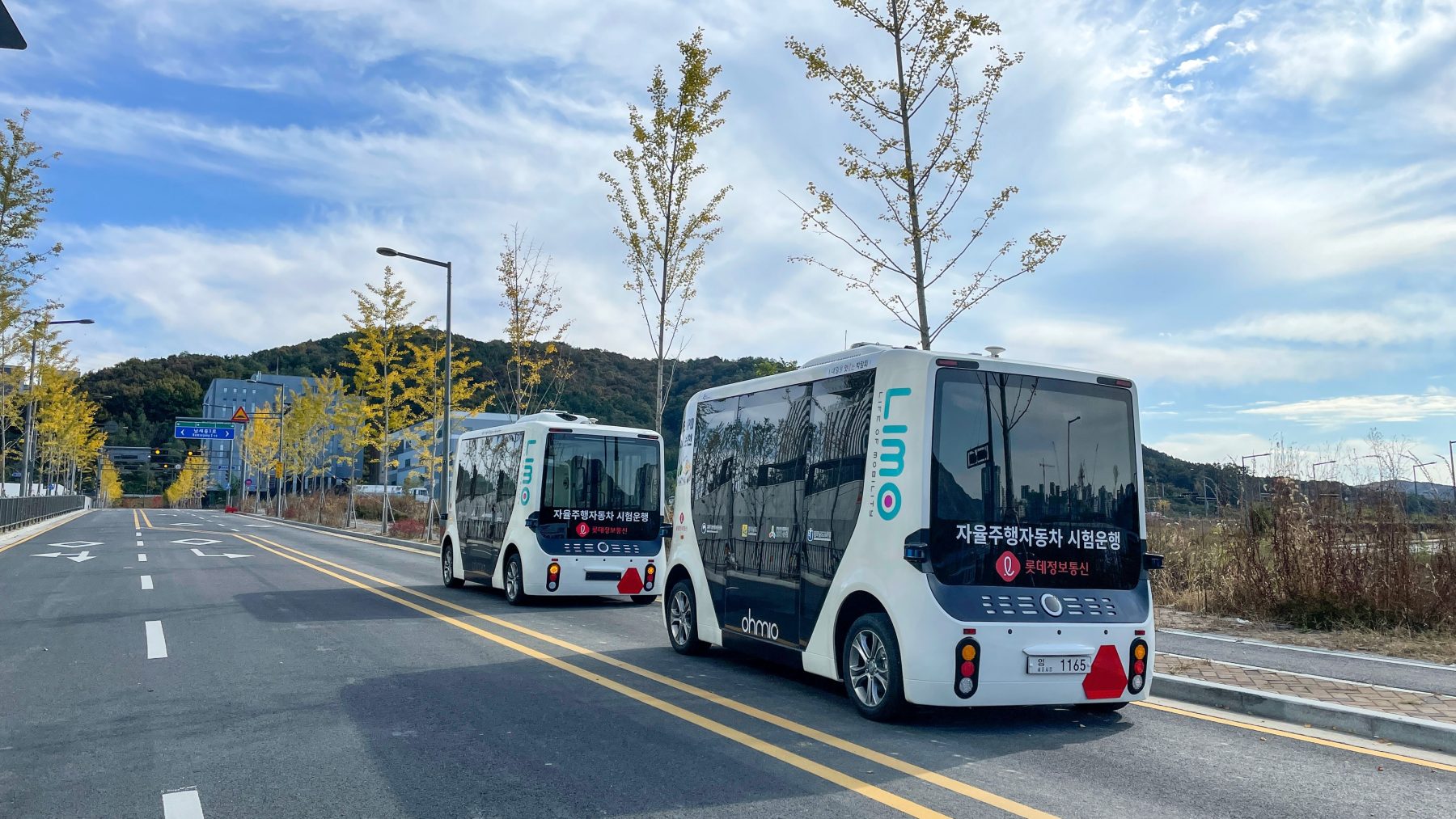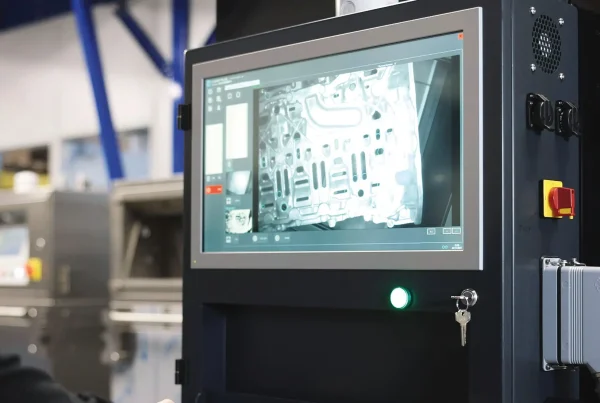The autonomous driving industry is currently under intense scrutiny, highlighted by recent events involving Kyle Vogt, the former CEO of Cruise, the robotaxi company controlled by General Motors. The tragic incident in San Francisco three months ago, where a child was fatally hit, along with the more recent one in October, where a woman was dragged for meters trapped between the wheels of a robot taxi, has forced Cruise to temporarily halt its fleet of 950 autonomous taxis. This has raised significant questions about the safety behind the promising yet uncertain technology of autonomous driving. The former CEO leaves behind a company with losses amounting to $8 billion since 2016 and over $700 million in just the last quarter.
Amidst a myriad of challenges, a fundamental question arises: could an AI, devoid of awareness, truly avoid accidents more effectively than a human driver? The affirmative answer seems elusive at the moment, shedding light on the intrinsic lack of understanding and discernment in artificial intelligences compared to human awareness.
Other robot taxi companies are also in the spotlight.
Despite Cruise’s difficulties, the success of Waymo and Zoox, controlled by Amazon, appears to breathe new life into the industry, further propelling the adoption of autonomous driving. Waymo states, “We offer tens of thousands of paid rides per week 24/7 in San Francisco and Phoenix, and our passengers have completed over 700,000 fully autonomous trips this year.” Zoox, on the other hand, is working on a robotaxi without a steering wheel or pedals, with road tests commencing in February. The goal is to become a service similar to Uber.
What does a McKinsey Center study reveal about the future?
Despite optimistic prospects, a McKinsey Center for Future Mobility study suggests that widespread adoption of autonomous driving is still a distant goal, with significant impacts potentially occurring after 2030. In a baseline scenario, only 2% of the total circulating fleet might be autonomous, or less than 10% in an accelerated scenario. The Washington Foundation for Traffic Safety predicts that even the use of advanced driver-assistance systems (ADAS) alone could prevent 40% of road fatalities by 2040. Whether these figures hold true remains to be seen. Currently, in Italy, about 3,000 people die on the roads each year (source Istat), and despite increasingly modern vehicles equipped with level 2-3 driving aids, the trend over the last two decades does not appear to be decreasing.
What does the future hold?
Observing the broader picture, it almost seems like the intrinsic goal is to reduce circulating cars. Mandatory features like emission standards in urban areas and the decision to halt the sale of internal combustion engine vehicles from 2035 point in this direction.
But at what cost? At this rate, only the more affluent population will be able to afford certain technologies, while others will adopt car-sharing solutions or rely on public transportation where available. If this were indeed the case, limiting individuals’ circulation and therefore their freedom of movement seems to become the real objective of the narrative.
In any case, autonomous driving can bring significant benefits, and it’s right for companies to invest in research and development in such technologies. However, a landscape of uncertainty and risks persists. The lack of awareness in artificial intelligences is a fact, for better or worse, this is the current situation.



